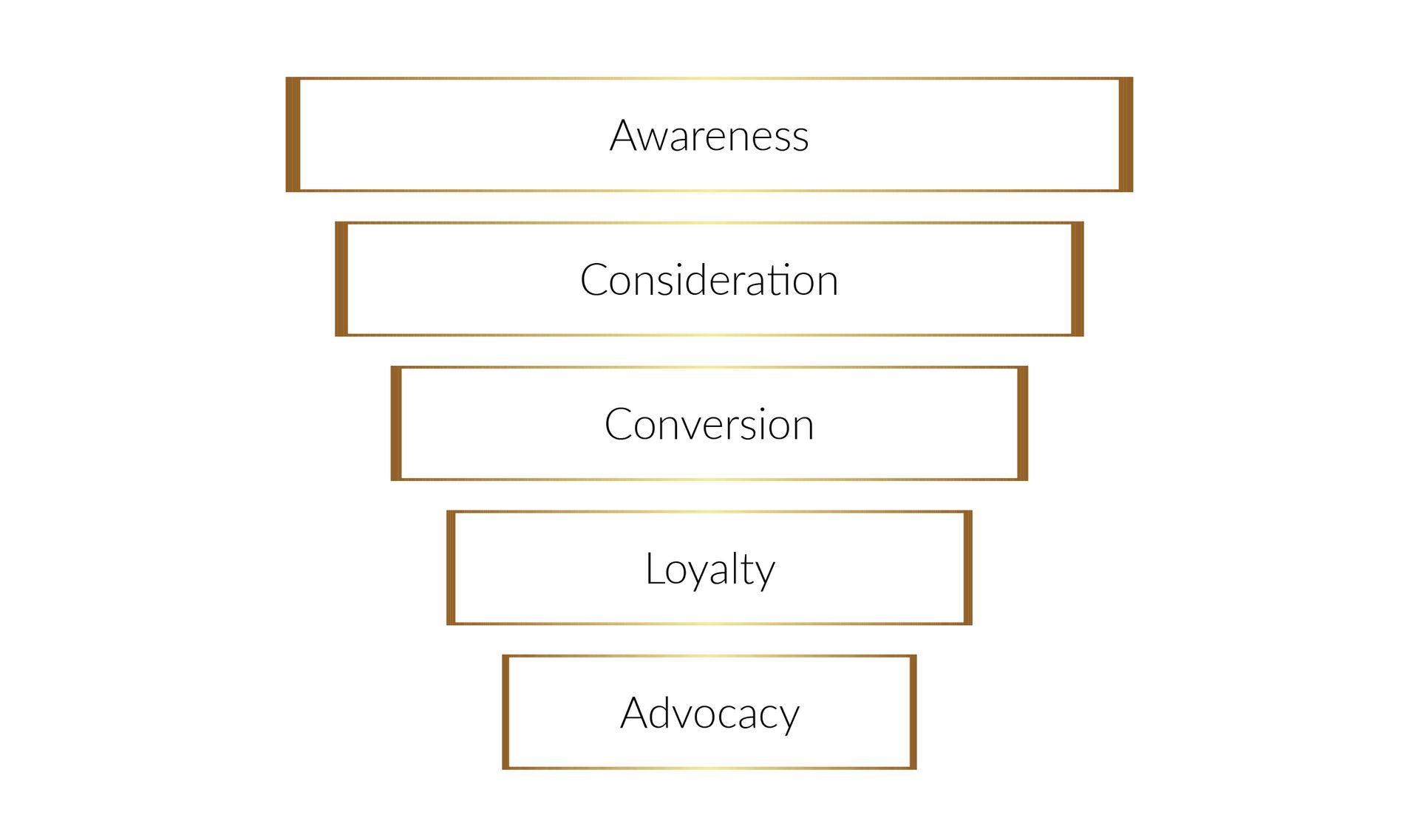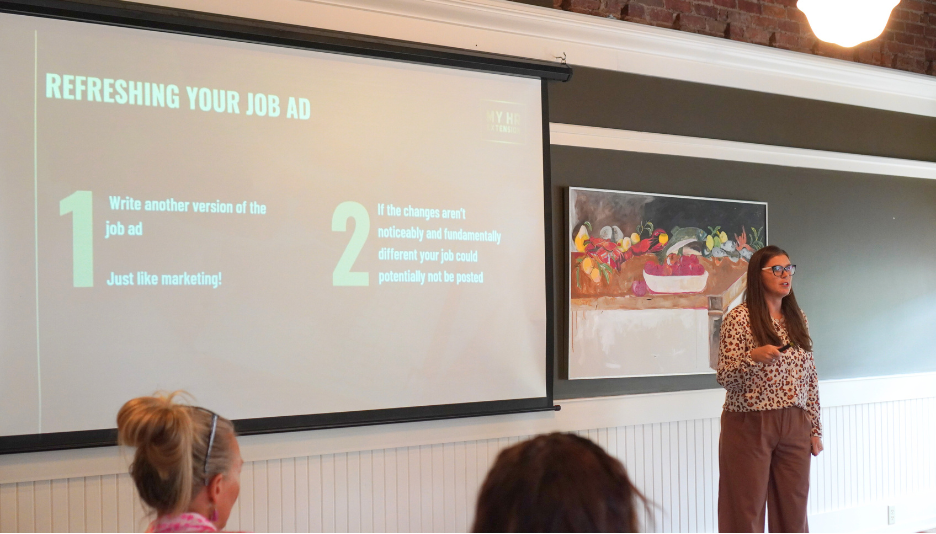Proven Marketing Techniques for HR Professionals: How to Apply Marketing Principles to HR
Applying Marketing Principles to HR for Building a Strong Employer Brand

HR professionals often focus on processes and operations, but to truly stand out, incorporating marketing principles is key. Let’s break down some marketing techniques you can apply to HR:
1. Positioning
Positioning is the place your employer brand holds in a potential candidate’s or employee's subconscious mind. It’s what people are saying about your company—regardless of what you’re saying. Ask yourself, what position does my employer brand hold in the minds of potential employees? If you aren’t shaping it, it’s being shaped for you. Ensure that your messaging aligns with your values and is consistent across platforms.
How to Apply:
- Conduct employee and candidate surveys to understand your current positioning.
- Compare your internal perception of the company with external reviews (e.g., Glassdoor, LinkedIn feedback).
- Proactively manage your company’s reputation by addressing gaps between internal culture and external perceptions.
2. Branding
Your employer brand is more than a logo or website—it’s how you deliver your message and how your company is perceived visually and emotionally. Look and feel matter. Branding impacts how candidates perceive the culture and whether they feel a connection with the organization.
How to Apply:
- Ensure consistency in visuals (logos, colors, typography) across all HR materials—job postings, social media, onboarding guides.
- Incorporate cultural elements into your branding, such as highlighting key company values and employee success stories.
- Partner with marketing to create visually engaging and culturally aligned recruitment campaigns.
3. Brand Strategy
This is where you develop the plan for how you will deliver the culture, values, and benefits you are promoting both internally and externally. Your brand strategy should be about creating an authentic and compelling narrative that speaks to both current employees and potential candidates.
How to Apply:
- Develop a roadmap for how you will communicate your culture and benefits, from job descriptions to employee handbooks.
- Focus on consistency in your messaging: ensure your internal culture matches what you are promoting externally.
- Leverage employee testimonials and success stories to show authenticity.
4. Employer Brand Activation
Once your positioning, branding, and strategy are clear, you need to activate your employer brand. This involves aligning HR activities (recruiting, onboarding, internal communications) with your branding to ensure candidates and employees experience a consistent message and culture.
How to Apply:
- Create a consistent onboarding process that reflects your brand values from day one.
- Engage employees in employer branding by encouraging them to share their positive work experiences on platforms like LinkedIn.
- Regularly monitor and refine your brand strategy by tracking employee engagement, retention, and external perceptions.
Conclusion
For HR professionals, the shift to thinking like marketers can have a profound impact on how effectively you attract, engage, and retain talent. By mastering positioning, branding, and brand strategy, you can align your HR practices with marketing principles to create a strong employer brand that resonates with both candidates and employees. This not only leads to high-functioning teams but also helps rapidly growing companies maintain their competitive edge.




